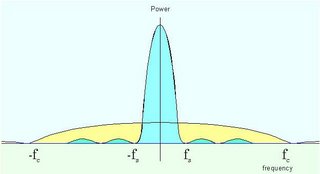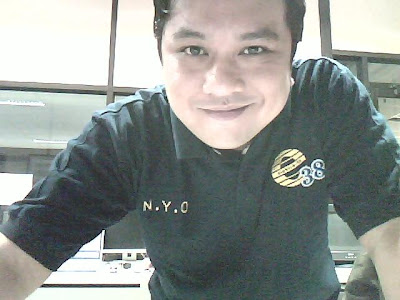For each channel the base station generates a unique code that changes for every connection. The base station adds together all the coded transmissions for every subscriber. The subscriber unit correctly generates its own matching code and uses it to extract the appropriate signals. Note that each subscriber uses several independant channels.
In order for all this to occur, the pseudo-random code must have the following properties:
1. It must be deterministic. The subscriber station must be able to independently generate the code that matches the base station code.
2. It must appear random to a listener without prior knowledge of the code (i.e. it has the statistical properties of sampled white noise).
3. The cross-correlation between any two codes must be small (see below for more information on code correlation).
4. The code must have a long period (i.e. a long time before the code repeats itself).
Code Correlation
In this context, correlation has a specific mathematical meaning. In general the correlation function has these properties:
It equals 1 if the two codes are identical
It equals 0 of the two codes have nothing in common
Intermediate values indicate how much the codes have in common. The more they have in common, the harder it is for the receiver to extract the appropriate signal.
There are two correlation functions:
Cross-Correlation: The correlation of two different codes. As we’ve said, this should be as small as possible.
Auto-Correlation: The correlation of a code with a time-delayed version of itself. In order to reject multi-path interference, this function should equal 0 for any time delay other than zero.

Figure a. Pseudo-Noise Spreading

Figure b. Frequency Spreading



